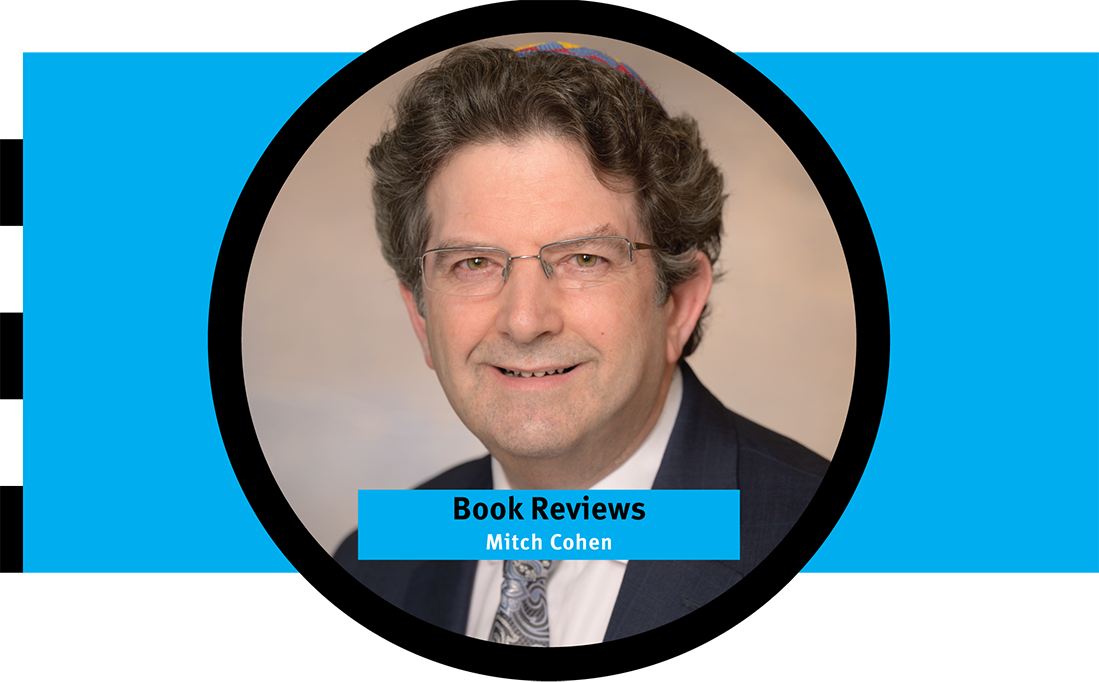Giving: A Handbook to Happiness For the Modern Philanthropist, by Gideon Bernstein
December tends to be a big month for charitable donations, as people go through the multiple requests they have probably received, and decide how much they want to give to which causes. Most of us probably don’t consider ourselves to be philanthropists, since that word tends to be associated with those who have foundations or buildings named after their families. But Bernstein would like for us to consider that the word comes from the Greek word that means loving or useful to humankind. The modern dictionary definition is also broader than just referring to the super-rich, encompassing gifts or actions of any kind that are made for humanitarian purposes. While Bernstein suggests thinking of the term “charitable giving” if “philanthropy” sounds too intimidating, he prefers that we all think of ourselves as philanthropists, no matter now much or how little we are able to give.
The author knows a great deal about charitable giving. He has served on the board of many organizations, including as chairman of the board of the Jewish Community Foundation of Orange County for 2022-2024. He has made a career in financial advising, but it was when he decided to start his own charitable organization in memory of his son that he realized giving to others helps those who give just as much as those on the receiving end. One of his suggestions is to find causes that have a personal meaning when one is looking for causes to support. These could be related to a medical issue, a social problem that has affected a friend or relative, or a local environmental concern. If giving money is not an option, time and expertise can be equally valuable.
This book is part workbook, with groups of questions and space to fill in answers to narrow down what kind of giving fits your interests and your means. He notes that most faiths have some sort of philosophy of giving, whether the Jewish concept of tzedakah or similar ideas of other faiths. While some people might feel that anonymous giving is the most worthy kind, Bernstein would rather that people allow their names to be associated with their donations so that people who know them or who just see a list of donors will realize that there is no reason that they could not be on the list as well. He doesn’t mind if those who can give large sums have their names on buildings for a similar reason, because seeing those names reminds people of how many services and structures relied on the generosity of donors. Often there are fundraisers of this nature on a much smaller scale, where those donating can have an honorary or memorial plaque on the wall, or on a bench or paving stone.
I do have one small disagreement with Bernstein. He says that people worry too much that the money they give will be wasted or will fall into the wrong hands. He suggests not worrying much about this because he thinks it causes some people to not give at all. The reality is that it is very easy now to set up an online site asking for funds and make it look legitimate when it is not. There also are charities where an incredibly tiny percentage of donations they receive actually goes to those in need, with much of it going for publicity or paying administrators. There are charity evaluation sites that can provide information on the larger charities, and it would be fairly easy to ask to e-mail or call someone who has set up a small funding request before deciding to give money. Bernstein’s ideas about giving to causes with a personal meaning or connection can help avoid that. Rather than donate to an individual who posts on social media about a situation that may or may not be legitimate, one could look for a family in their own community that could use some financial or personal help.
Overall, there are many good ideas here about ways to give that fit a person’s interests and ability. This book is fairly easy reading, and is more about the philosophy of charitable giving than it is about the technical and financial aspects. Figuring out the tax advantages or consequences of a gift, or deciding whether or not to set up a trust or a foundation, would be questions to take to a financial professional. There also are new books and magazine articles appearing regularly that cover topics such as changes in the tax laws, or what planning is needed for a large estate. Because this book is about the mindset of giving rather than the technicalities, it has a timeless quality that applies to the idea of generosity, regardless of changes in the economy or tax codes. If you don’t know where to start in terms of giving or if you wish that you could find forms of charity that are more meaningful to you, the various questions in this book provide a starting point for clarifying what kind of philanthropy fits your lifestyle and your philosophy.



